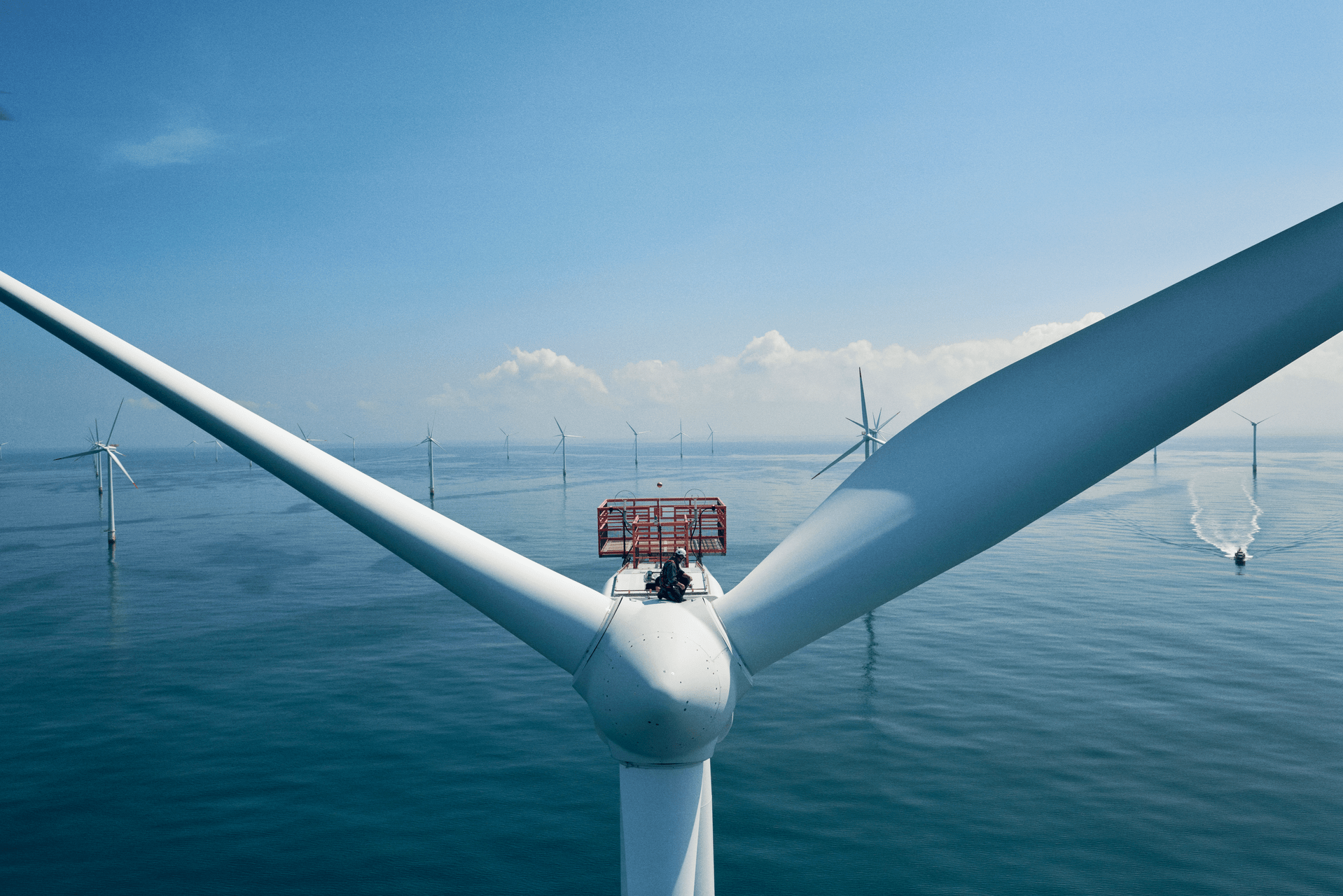
The UK Government has confirmed plans to remove subsidies for offshore wind development from companies unless they use British manufacturers.
Government ministers had previously proposed the measures as a method of developing the country into a ‘world leader in low-cost clean power generation’. While the UK has the most offshore wind generation of any country, most infrastructural developments have come from other European countries.
How well do you really know your competitors?
Access the most comprehensive Company Profiles on the market, powered by GlobalData. Save hours of research. Gain competitive edge.

Thank you!
Your download email will arrive shortly
Not ready to buy yet? Download a free sample
We are confident about the unique quality of our Company Profiles. However, we want you to make the most beneficial decision for your business, so we offer a free sample that you can download by submitting the below form
By GlobalDataThe new conditions of contracts would apply only to projects larger than 300MW. It comes alongside other changes to the country’s contract for difference (CfD) auctions, aiming to increase the amount of development funds spent in the country.
Initially, subsidy schemes would have assessed project supply chains at their date of commissioning. After consultations, this has changed to enforce assessment of supply chain implementation statements just before CfD payments begin. The UK’s next CfD auction is due in December.
British newspaper The Times estimated that developers currently spend approximately 30% of investment in UK offshore wind farms within the country. The country’s government aims to increase this to at least 60%. Ministers have said the changes would ‘harness innovation’ and ‘drive regional growth’. At the same time, renewable trade bodies have warned of ‘significant investment risk’.
Prime Minister Boris Johnson previously announced plans to grow UK offshore wind generation to 40GW by 2030. The outline plans included little detail, but suggested the goal could result in $28bn (£20bn) of investment in UK industry.
Industry reacts to UK offshore wind supply chain conditions
Swedish renewables developer and utility Vattenfall currently owns stakes in several operational UK offshore wind farms. The company has also started planning on the Norfolk Boreas and Vanguard wind farms. These would jointly generate approximately 3.6GW off the country’s east coast, if approved later this year.
Vattenfall’s UK country manager Danielle Lane said: “The decision to assess supply chain plans at the milestone delivery date [when developers must prove they will fulfil the obligations of their CfD] instead of at commissioning is a positive step in reducing the risks for developers.
“The prospect of losing a contract for difference at the milestone delivery date stage is still a significant investment risk however, and as such it is vital that a clear and transparent supply chain assessment process is put in place.
“This news is a vital step forward for the offshore wind project pipeline, with the eyes of the world on the UK ahead of COP 26. It also goes some way to providing the greater certainty investors need to deliver world leading projects.”
Trade association RenewableUK deputy chief executive Melanie Onn said: “We’re building up a strong UK supply chain with major manufacturers locating factories here and the industry is committed to supporting globally competitive companies. Developers and supply chain firms are making significant investments to drive in the industry forward.
“The latest supply chain proposals set challenging new demands for project developers, so it’s vital that the guidance is clear on how we can demonstrate the contribution we’re making.
“Project developers are already working with manufacturers to help them understand our projects’ needs and timelines, which will support investment in new facilities and the development of new skills in our workforce. Underpinning all this, we need large volumes of new capacity in the next CfD auction for new contracts to generate clean power to keep us on track for our 2030 target, quadrupling what we’ve already installed.”




